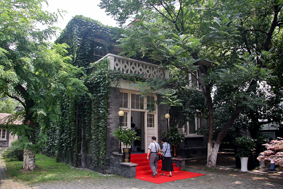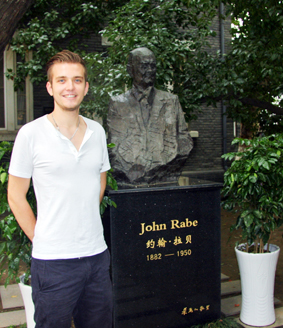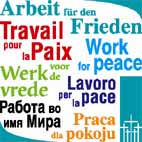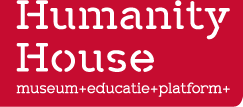
The John Rabe International Safety Zone Memorial Hall and Research and Exchange Center for Peace and Reconciliation is established to commemorate Mr. Rabe and the members of the International Committee for their deep love of humanity. The Memorial Hall intends to refresh people’s memories of and learn lessons paid with blood from this agonizing period of Chinese history, so that tragedies of this kind will never recur. They promote world peace and humanitarianism everywhere, and want to further develop friendly communications and cooperations among people of China and all other countries of the world.
Xiaofenqiao No. 1
210029 Nanjing, China
Tel : 025-83686306











